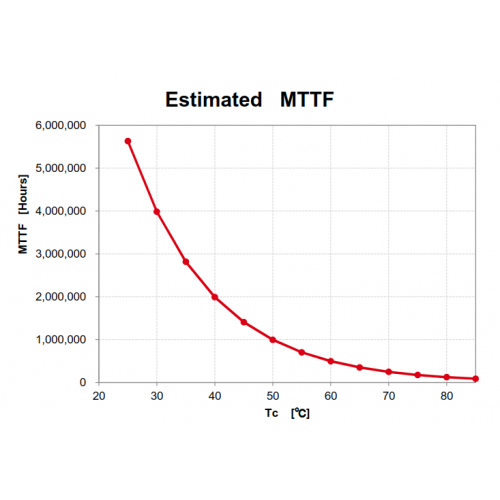Laser Facts #02: The influence of Temperature on Laser Diodes
Laser Facts #02: The influence of Temperature on Laser Diodes
The laser diodes are semiconductors and like other semiconductors components, the prolonged operation of a laser diode will cause heat to build up at its junctions and increase the whole structure temperature.
When the temperature of a laser diode increases, its maximum optical output power will decrease and the operating range will be reduced.
Even when operated within the absolute maximum ratings (as defined in the data-sheets of each laser diode), any operation at a high temperature will shorten the laser diode lifetime, as compared to an operation at a lower temperature.
In more extreme cases, Catastrophic optical damage (COD), or catastrophic optical mirror damage (COMD) may happen, which is a failure encountered in semiconductor lasers.
In order to avoid such issue happening, a good design of the housing of the laser diode with good thermal dissipation properties is necessary. It still may not be enough, especially for prolonged usage or in harsher environments. In that case, an additional external cooling might be considered.
The quicker the heat is driven out of the laser diode assembly, the better it is to ensure a longer life time of the laser (higher MTTF). Therefore a heat sink has to be designed around the diode.
Another way around the heat issue is to drive the laser diode with a modulated signal. In such operation, the laser beam is not emitted continuously and avoids the laser diode from overheating. TTL modulation or PWM are hence effective solutions.
Example: here is the curve of the lifetime (MTTF) of a laser diode used at different temperatures.


